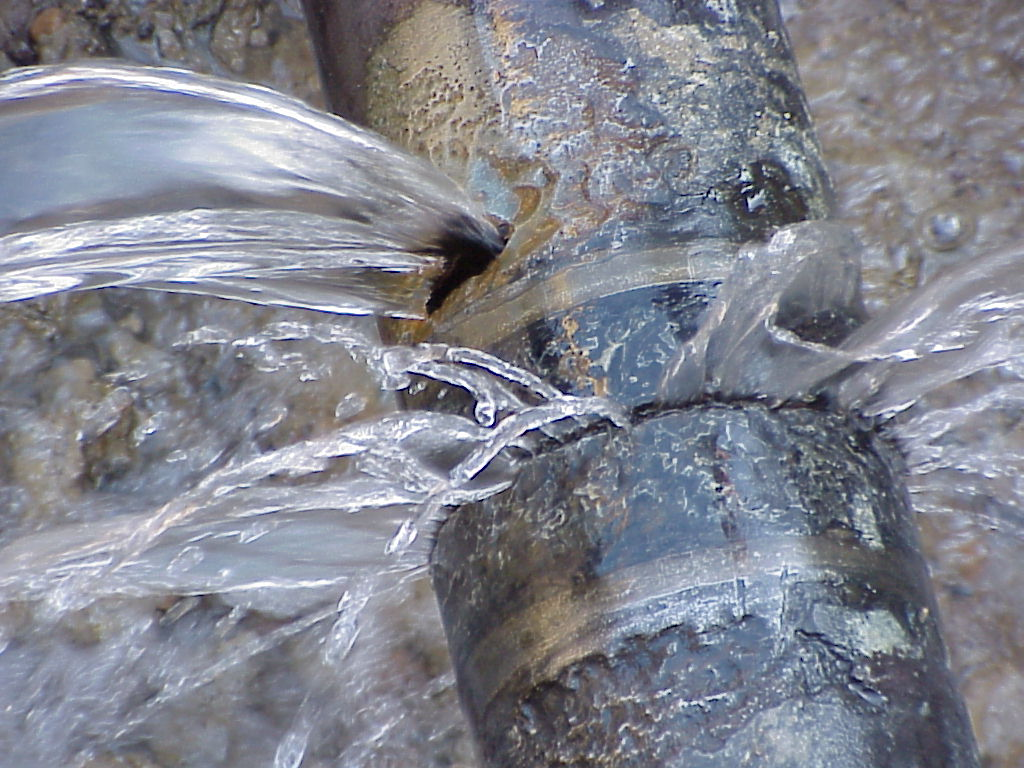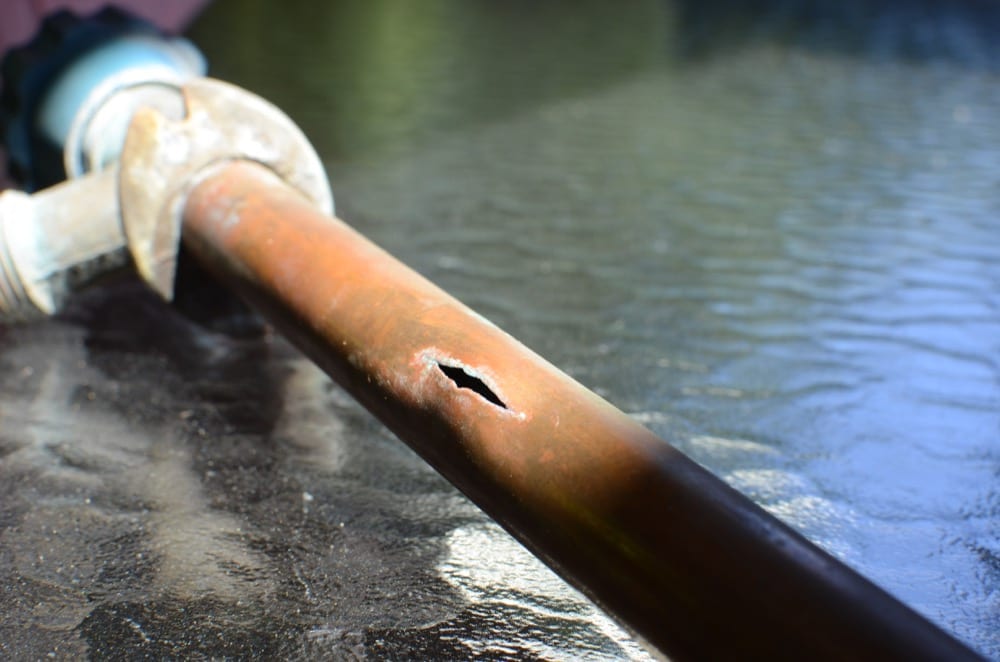Mastering-Understanding-Handling Burst Pipe-Repairing-Fixing Like a Pro-Effectively-Quickly
Book Your InstallationWhat are your thoughts with regards to How to install a dishwasher safely?

A burst pipeline is a significant emergency; you can only stand as you watch water you pay very much to rejoin with the earth. In even worse situations, you notice a pool on your cooking area floor, which is an excellent trip danger, specifically if you have children around. If the pipe that ruptured remained in your walls, trouble: you might require to repaint that entire section.
Just how can a disaster like a ruptured pipeline be avoided and handled? Well, by listening to your expert emergency plumbers and complying with these rules.
Exactly how do I understand when my pipelines have burst?
Fluctuating water stress
Pipelines do not simply burst in a day. You may have observed that your kitchen area faucet or shower doesn't run right away when you turn the faucet. It might stop briefly for a few seconds and afterwards blast you with more force than normal.
In other circumstances, the water might seem regular at first, then drop in pressure after a few seconds.
Damp wall surfaces as well as water spots
Before a pipe bursts, it will leak, many times. If this consistent dripping goes undetected, the leakage might finish right into a wide laceration in your pipe. One simple way to avoid this emergency is to look out for damp wall surfaces advertisement water discolorations. These water spots will certainly lead you right to the leakage.
Puddles under pipelines and also sinks
When a pipeline ruptureds, the discharge develops a pool. It might appear that the puddle is growing in dimension, and no matter the amount of times you wipe the pool, in a couple of mins, there's one more one waiting to be cleaned up. Usually, you may not be able to trace the puddle to any kind of noticeable pipelines. This is an indication to call a specialist plumber.
Untraceable leaking noises
Pipe bursts can take place in one of the most unpleasant places, like within concrete, inside walls, or under sinks. When your house goes quiet, you may be able to listen to an aggravatingly consistent leaking noise. Also after you have actually checked your shower head and also kitchen area tap, the trickling might continue.
Beloved viewers, the leaking may be coming from a pipeline inside your wall surfaces. There isn't much you can do about that, other than inform an expert plumber.
Turn off the Water
When water freezes, it increases in volume by about 9 percent. And also it increases with tremendous force: The stress inside pipes may go from 40 extra pounds per square inch to 40,000 psi! No pipe can hold that much stress, so it breaks open. The break might happen where the ice kinds, yet regularly, it occurs where water stress discovers a weak spot in the pipe. That might be inches and even feet from the icy location. Discover the water shutoff valve and turn off the water to prevent more damages. You may likewise require to turn off the electrical energy also, depending upon where the leakages occurs as well as how huge it is.
Contaminated water
Lots of people think a burst pipeline is a one-way outlet. Quite the contrary. As water spurts of the hole or laceration in your plumbing system, contaminants locate their way in.
Your water may be contaminated from the source, so if you can, examine if your water container has any issues. Nevertheless, if your drinking water is provided as well as detoxified by the local government, you must call your plumber quickly if you see or scent anything funny in your water.
What do I do when I find a ruptured pipe?
Your water meter will continue to run even while your water wastes. To lessen your losses, discover the primary controls and also turn the supply off. The water pipe are an above-ground framework beside your residential property.
How to Fix & Detect a Leaking Pipe
How Do I Know if a Pipe is Leaking?
Leak detection tests can help you determine if your pipe has a leak. Even if you don’t see an apparent leak, you should still conduct leak detection tests regularly to save water and money—and prevent major damage to your home.
Water meter. It can be helpful to figure out what your usual water meter usage numbers are and then monitor them regularly. To monitor your meter, first, turn off all water faucets in your home. Check the meter and write down the numbers. In a few hours, check the meter again. If the numbers have changed, you have a leak. Water gauge. Use a water gauge to test your water pressure. Your showerhead should produce a certain amount of water pressure based on its model and design. If the pressure is lower than it is supposed to be for that specific showerhead, your home likely has a leak. Puddles. Look inside your bathroom, laundry, and kitchen sink cabinets. Puddles around the cabinets or around toilets, tubs, showers, and washing machines indicate the presence of a leaking pipe. You may also notice loose tiles, peeling or flaking paint, or mold caused by water accumulation. Napkin test. Even if you don’t see any puddles, you may still have a leak. You can test for water leaks in the bathroom, laundry, and kitchen by wiping below-sink connections with a napkin, paper towel, or piece of toilet paper. If it becomes damp, you probably have a leaking pipe under the sink. Discolored walls. Walls that are discolored—usually with brown or yellow stains—or bulging might mean that they have been impacted by water damage caused by a leaking pipe. Smell. A leaky pipe will create sitting water, and over time, that water may develop a musty smell. If your home smells musty, but you can’t locate the source, it may be due to a leak. Steps for Fixing a Leaking Pipe
A leaky drain can be remedied by tightening the pipe base, replacing the drain seal, caulking the rim, and tightening the pipe nut. Similarly, a leaking toilet pipe can be treated by tightening the packing nut. You may also need to replace the valve. A leaky faucet may just need tightening or replacement of the washers. If that doesn’t work, consider replacing your faucet. If your pipe has a hole in it, you may want to use a pipe leak sealer or pipe leak tape. This quick fix for water pipe leaks can also temporarily fix a copper pipe leak. https://www.ahs.com/home-matters/quick-tips/how-to-tell-if-pipes-are-leaking/

As an avid reader on How to install a dishwasher safely, I thought sharing that excerpt was valuable. Enjoyed our piece? Please share it. Help somebody else find it. I thank you for reading our article about What to Know Before Installing a Dishwasher.
Book Services